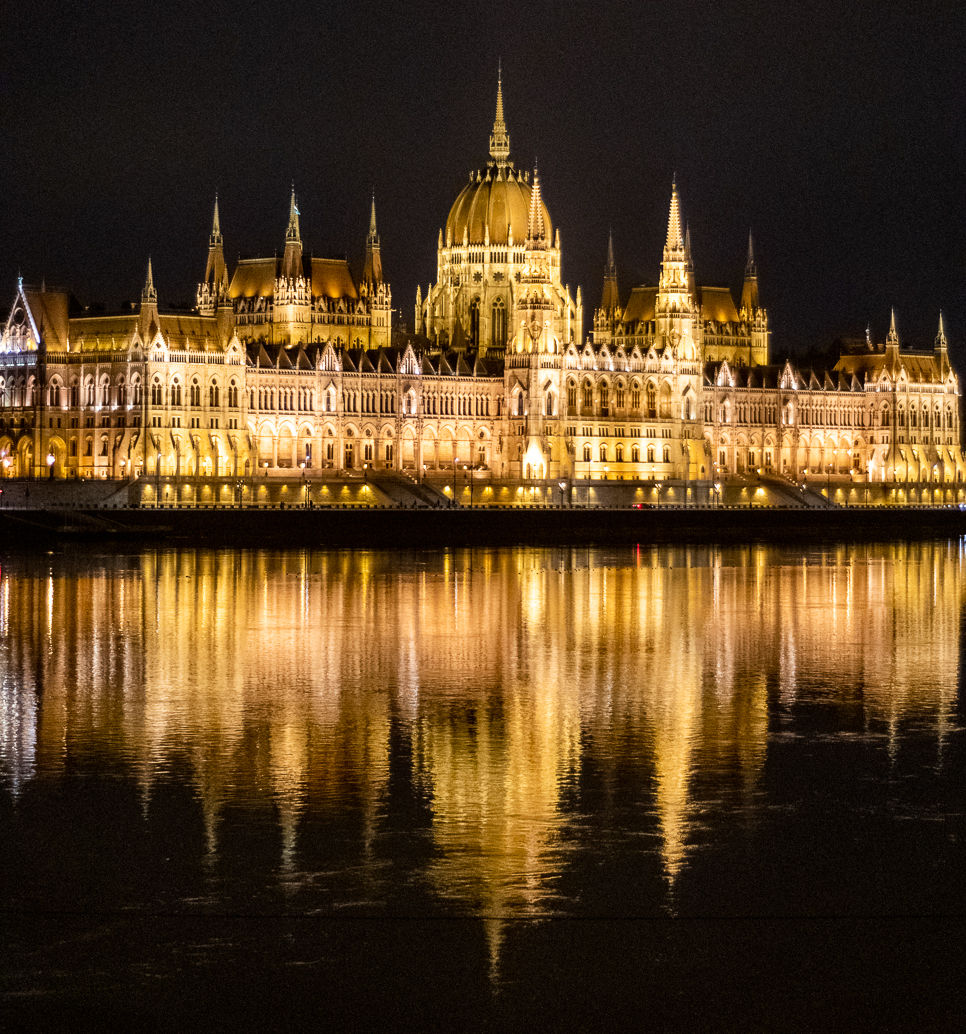The Socially Distanced Streets of Budapest
- Jonathan Webb
- May 30, 2021
- 3 min read
Updated: Dec 15, 2022
From a sleeping blue, the growing arms of a red sunrise reach out from behind the Országház skyline, splintering through gothic spires to project morning fire across the Danube. The city is already awake, shuddered unenthusiastically into life by the demands of winter. Posters depicting strange health rules and rituals lay forgotten on the street, as figures pack themselves into hundreds of trams, squeezed together on an endless commute in the cold that cannot be stopped, not even by a plague.

Taken across six weeks in early 2021, this is my witness of Budapest at a unique point in history. A Hungarian community grappling with normality in the age of a pandemic, being slowly lead to the highest COVID-19 death rate in the world by a power-hungry demagogue, emboldened by a political culture of little responsibility. While life comes to a complete standstill across the rest of Europe, the bustle of Budapest and the rest of Hungary goes on, only with optional (non-optional) face masks.

Grey Lights








Walks of Life











Definitely a "Dog City"









If you had told me at the start of 2020 that I would be leaving New Zealand during the peak of its tropical Pacific summer, in exchange for a gloomy winter in Eastern Europe, I would have laughed. But then, predicting any of the events of the past year would have elicited a similar reaction. Yet here I am in 2021, not only living in Hungary, but somehow possessing a permanent residence that I have never before wanted.

Although animals and wildlife are usually the only subjects that can keep my attention, big cities hold a special place in my heart. As someone who grew up exclusively in a small city/large town in England, the vastness and connectedness of modern metropolises intrigues me. While Budapest (pronouced "Buhd-ah-pesh-t" not "Bood-ah-pest", don't make me tell you again) lacks much of the "modern" aspect, it makes up for it with rich architecture and bygone streets filled with character.
Cleaved by the Danube river into the Buda and Pest districts (yep, that's really where the name comes from), the city is incredibly varied. Buda has the castles, hills and fancier, greener spaces that attract the textbook sightseers, and Pest has flat, gritty, narrow streets where a mix of Hungarian, Jewish and Romani cultures can be found, alongside a growing population of hipsters.

Taken together, this makes Budapest one of the most enjoyable places to photograph the human animal. Street photography is, after all, just a highly specialised form of wildlife photography.

These photos were all taken in January-February 2021, a somewhat quiet period representing a brief eye of the COVID-19 storm.
Social distancing posters were plastered to tram ceilings, but carriages were filled up like sardines. Face masks were mandatory, but not enforced, and subsequently not followed by ~20% of Budapestians. Headlines shouted out that the country had closed it's borders to non-Hungarians, except if you are here for business, or to hunt, or to watch a football match, because in those cases, you were not even required to quarantine. Non-essential businesses were open as normal but you were not able to have non-essential surgery, and in an absolutely non-sensical move, there was a curfew from 8pm. Needless to say, supermarkets from 6:30pm were not fun.

It was only a month later that Hungarian cases rose dramatically, earning Hungary the ugly title of "highest COVID-19 deaths per capita in the world". While politicians waft these figures away, for those of us with a level head and feet on the ground, it was honestly not so surprising∎










